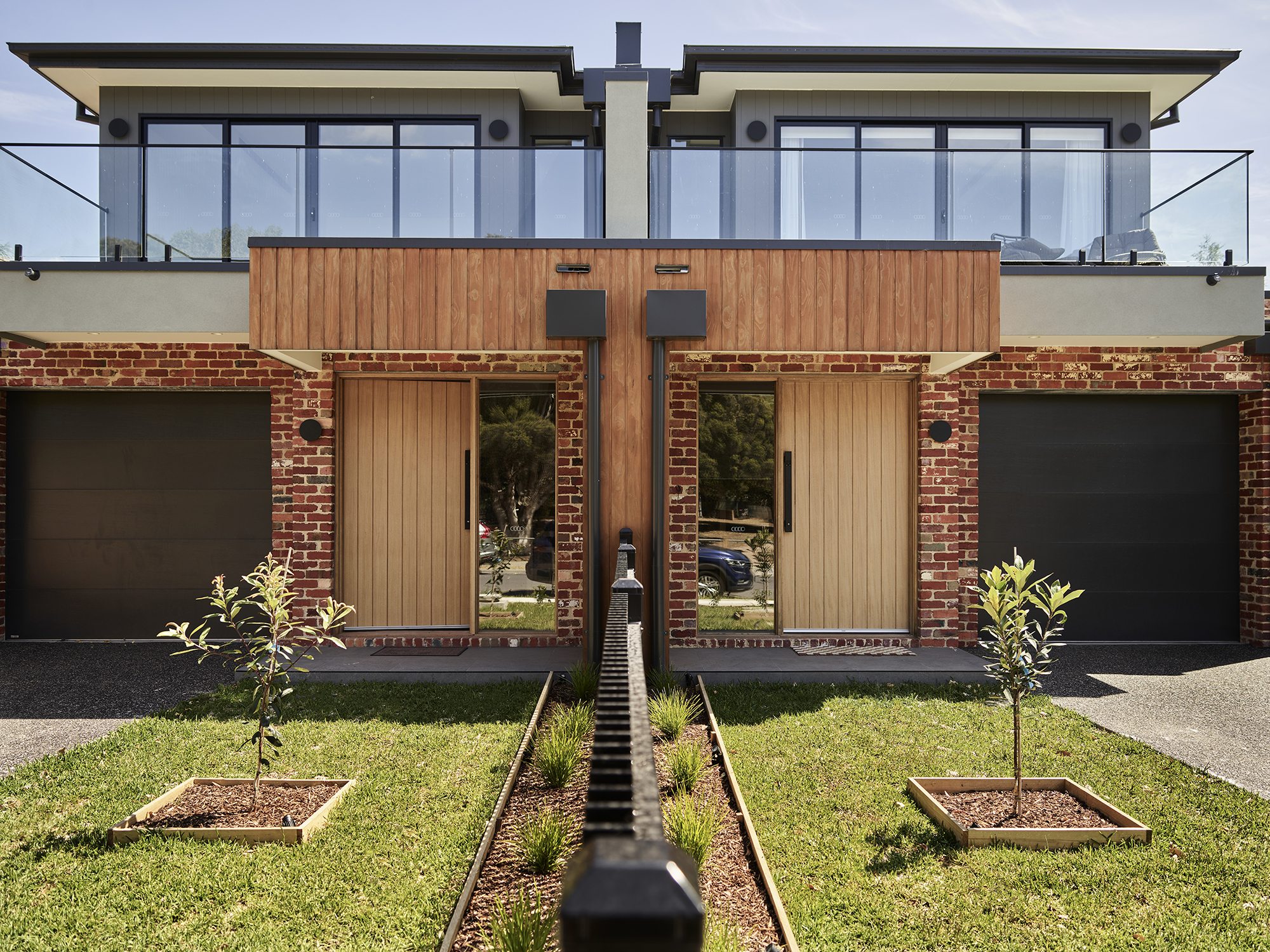When architects and HVAC designers collaborate on a project, they’re often working toward the same goal—functionality, sustainability, and visual harmony. However, despite these shared objectives, subtle tensions can arise when form and function clash. What’s left unsaid can often derail what could have been a seamless partnership. This article sheds light on the nuanced needs and expectations architects have of HVAC professionals—things that are rarely voiced but deeply felt.
1. "Don’t Compromise the Vision—Collaborate Early Instead"
Architects work with intent. Every beam, angle, and void is carefully considered to contribute to the overall vision. However, HVAC inputs too often arrive after design sign-off, making it difficult to accommodate ducts, plant rooms, or ceiling bulkheads without sacrificing the aesthetic intent. The solution? Early-stage collaboration. When mechanical designers are involved from the schematic design phase, the integration of HVAC systems becomes seamless, ensuring both beauty and performance thrive.
2. "Understand That Design Is an Experience—Not Just a Drawing"
Good HVAC systems don’t just regulate temperature—they should enhance the feeling of the space. Architects design spaces to inspire emotion and comfort, and when a return grille is awkwardly placed or a louvre disrupts symmetry, it diminishes the experience. Thoughtful placement, concealed systems, and smart zoning are essential to preserving the architectural language. HVAC systems should support the atmosphere, not detract from it.
3. "We Appreciate Innovation—As Long As It's Buildable"
Architects value bold thinking, but they need real-world, practical solutions. Proposing complex or oversized plant specifications without considering site limitations or buildability can make coordination difficult. What architects wish HVAC professionals understood is that pragmatic innovation—solutions that are clever, simple, and flexible—often lead to the best results. Innovation that can be built within budget and site constraints is the kind that adds value.
4. "We Want Partners, Not Vendors"
Too often, HVAC teams are seen as downstream contributors. However, the best outcomes occur when HVAC consultants act as co-creators. Offering strategic insights, flagging potential challenges early, and speaking the same language when reviewing models are all essential to a strong partnership. It’s not just about supplying a system—it’s about contributing to and enhancing the architectural narrative.
5. "Respecting Proportions and Lines Is More Than a Design Flaw Obsession"
A misaligned vent. A visible pipe. A boxy AC unit breaking a sightline. While these might seem like minor details, to an architect, they represent fundamental breaches of design integrity. HVAC professionals who understand the importance of symmetry, alignment, and visual coherence—and offer solutions to respect these elements—earn the trust and respect of architects.
6. "Your Documentation Is Our Lifeline Too"
Architects rely heavily on clear, accurate, and timely documentation. When HVAC specifications are vague or delayed, it causes slow progress, forces assumptions, and often leads to costly rework. Precision in documentation—especially during the Design Development (DD) and Construction Documentation (CD) phases—helps keep the entire project on track and reduces construction delays.
7. "Your Flexibility Is a Superpower"
No project ever goes exactly as planned. The HVAC professionals who earn the admiration of architects are those who remain flexible and creative when site conditions change, budgets tighten, or ceiling spaces become more restricted. Flexibility, problem-solving, and proactive communication are qualities that architects value most—yet often don't vocalise.
It’s About Co-Design, Not Just Coordination
When HVAC professionals understand the unspoken expectations of architects, the relationship evolves from mere coordination to true co-design. It becomes less about simply delivering technical systems and more about collaboratively designing environments that are functional, efficient, and beautiful. At Optima, we see our role as partners in the design process—not just system installers. We collaborate closely with architects from the outset, ensuring that HVAC systems enhance, rather than compromise, your design vision.

.svg)
